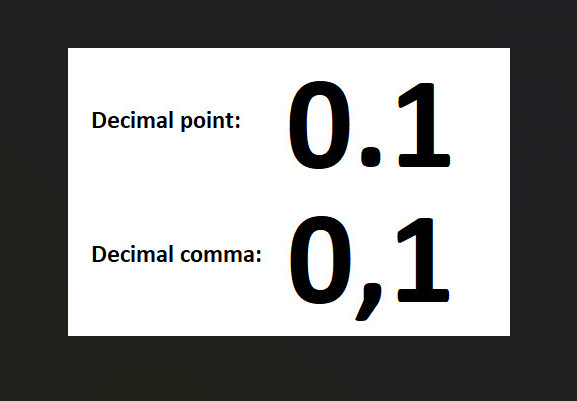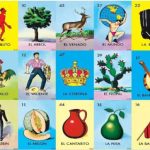If you’ve ever studied Spanish or looked at prices or statistics in different countries, you may have noticed something confusing: numbers don’t always look the same.
In most Spanish-speaking countries, the decimal separator is a comma, not a dot. For example:
-
1,5 litros = 1.5 liters
-
€2.399,75 = 2,399.75 euros
This follows the European format, where a comma separates decimals, and a period or space separates thousands. So, in Spain, Argentina, or Colombia, 2,5 means “two and a half,” not “two thousand five hundred”!
🇲🇽 But Mexico is different.
Mexico uses the decimal point, just like the United States and English-speaking countries, China, India. So in Mexican Spanish, you’ll see:
-
1.5 litros
-
$2,399.75 pesos
This is especially important for learners or professionals dealing with money, measurements, or math in international contexts.
Which other Spanish-speaking countries use the decimal point?
While most of Latin America uses the decimal comma, a few countries — like Mexico, and in some cases Central American nations such as Guatemala or El Salvador — often follow the U.S. format in practice, especially in business, finance, and technology. This is likely due to geographic and economic ties to the U.S., and influence from English-based software and systems.
However, usage can vary even within countries, depending on the context (formal documents vs. signage or software).
Remember:
If you’re working with Spanish in Mexico or the U.S., expect the decimal point. In most of the rest of the Spanish-speaking world, expect the decimal comma.
Knowing the difference can save you from some serious confusion — especially when reading prices, recipes or contracts.
Note:
If you happen to see signs, menus, or advertisements in Mexico that use decimal commas — for example, 2,5 litros or $3.999,00 — don’t be surprised. These are often made by immigrants from Spain or South America, where the decimal comma is standard.
In Mexico, the official and widely used format is the decimal point, both in schools and in formal settings like banking, government documents, and retail pricing. However, due to Mexico’s growing international population, especially in larger cities, you may occasionally come across the European-style format. It’s a small but interesting reminder of how cultural diversity can even show up in punctuation!




